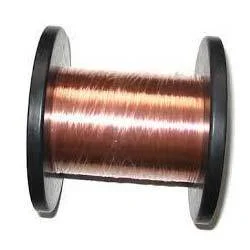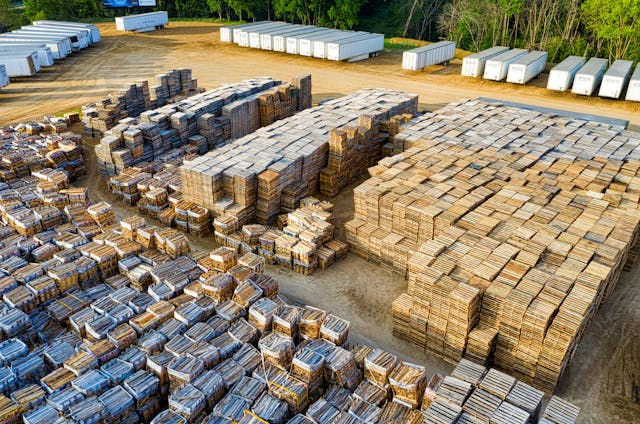In the world of modern technology, innovation continues to propel us forward, transforming the way we interact, communicate, and experience the world around us. One such remarkable innovation that has gained significant attention is the Copper Coated Film. Combining the intrinsic properties of copper with the versatility of film, this advancement has found applications across various industries, from electronics to renewable energy. In this blog, we will explore the fascinating world of Copper Coated Film, delving into its composition, characteristics, and diverse applications.
Understanding Copper Coated Film
Copper Coated Film is a specialized material that fuses the unique properties of copper with the flexibility and ease of use associated with film. The process involves depositing a thin layer of copper onto a film substrate, creating a composite material that inherits the benefits of both components.
Composition and Characteristics
- Copper Layer: The thin copper layer on the film brings with it a host of exceptional properties. Copper is an excellent conductor of electricity and heat, making it ideal for applications that require efficient heat dissipation and electrical connectivity. It is also highly malleable and ductile, allowing it to conform to various shapes and sizes without compromising its integrity.
- Film Substrate: The film substrate provides flexibility and lightweight characteristics to the composite material. Depending on the application, the film can be tailored to exhibit properties such as transparency, durability, or flexibility.
- Adhesive Bond: A crucial aspect of Copper Coated Film is the adhesive bond between the copper layer and the film substrate. This bond ensures the stability and longevity of the composite material, allowing it to withstand various environmental conditions and mechanical stresses.
Applications of Copper Coated Film
- Electronics and Circuitry: Copper Coated Film finds extensive use in the electronics industry, where it is employed in the manufacturing of flexible printed circuit boards (PCBs). The excellent electrical conductivity of copper ensures efficient signal transmission, while the flexibility of the film substrate enables the creation of flexible and lightweight electronic components.
- Renewable Energy: In the realm of renewable energy, Copper Coated Film is utilized in solar panels and photovoltaic cells. The combination of copper’s superior conductivity and the film’s lightweight nature contributes to enhanced energy efficiency and ease of installation in solar energy systems.
- Medical Devices: Copper Coated Film has also made its mark in the medical field. It is used in the fabrication of wearable medical devices that require both flexibility and reliable electrical connectivity. Applications range from biosensors to wearable monitoring devices.
- Aerospace and Defense: The aerospace and defense sectors benefit from Copper Coated Film in applications such as antenna systems and electromagnetic shielding. The copper layer ensures robust connectivity and electromagnetic interference (EMI) protection, while the film substrate offers lightweight and adaptable solutions.
- Consumer Electronics: From flexible displays to touchscreens, Copper Coated Film plays a role in enhancing the user experience in modern consumer electronics. The material’s flexibility allows for the creation of curved and foldable displays, pushing the boundaries of design and functionality.
Conclusion
The fusion of copper’s remarkable properties with the versatility of film has given rise to the innovative Copper Coated Film. Its widespread applications across industries such as electronics, renewable energy, medical devices, aerospace, and consumer electronics underscore its significance in shaping the future of technology. As researchers and engineers continue to explore its potential, Copper Coated Film stands as a testament to human ingenuity, exemplifying how the convergence of different materials can lead to groundbreaking advancements that redefine possibilities.



